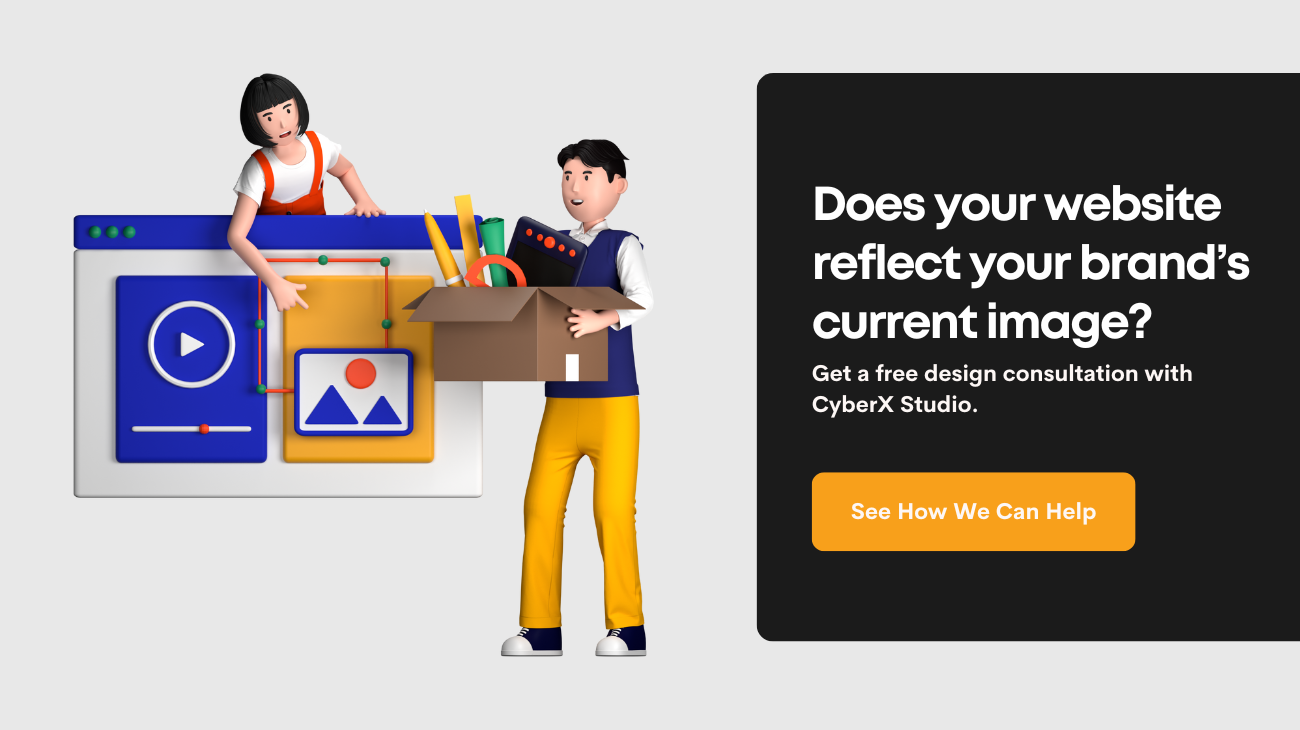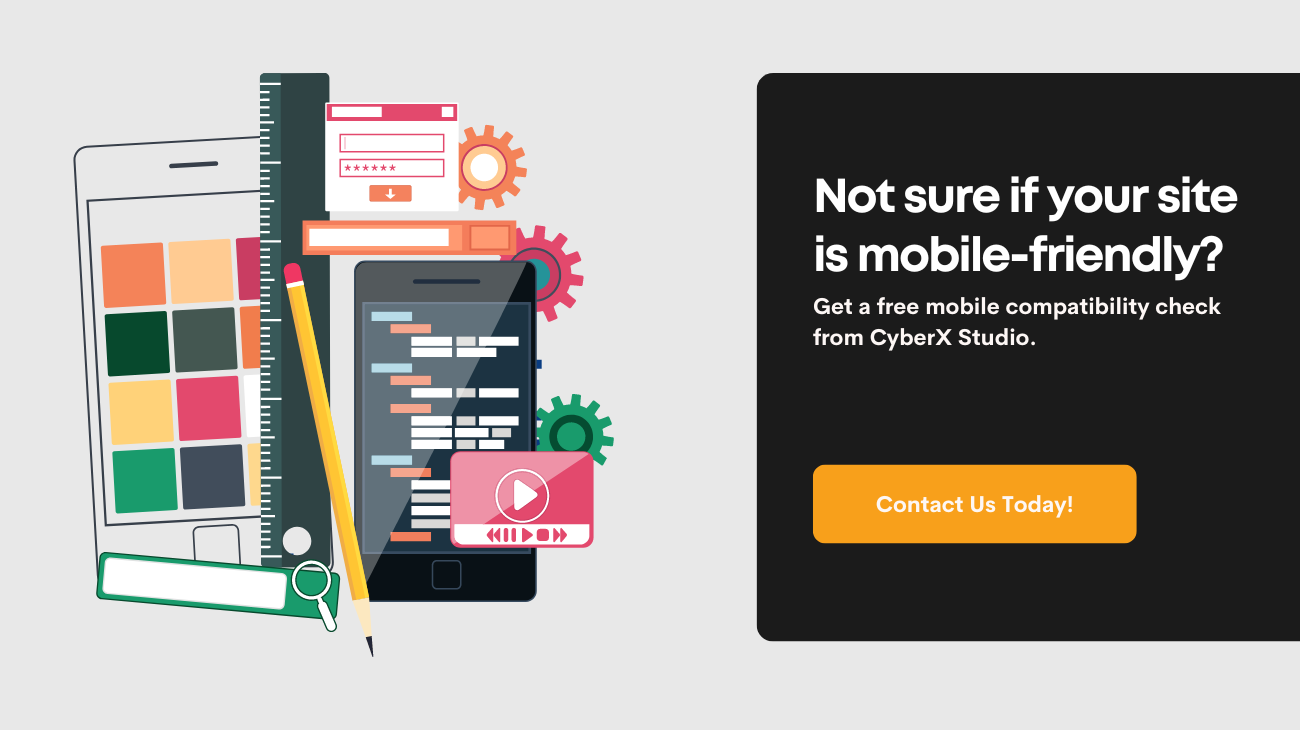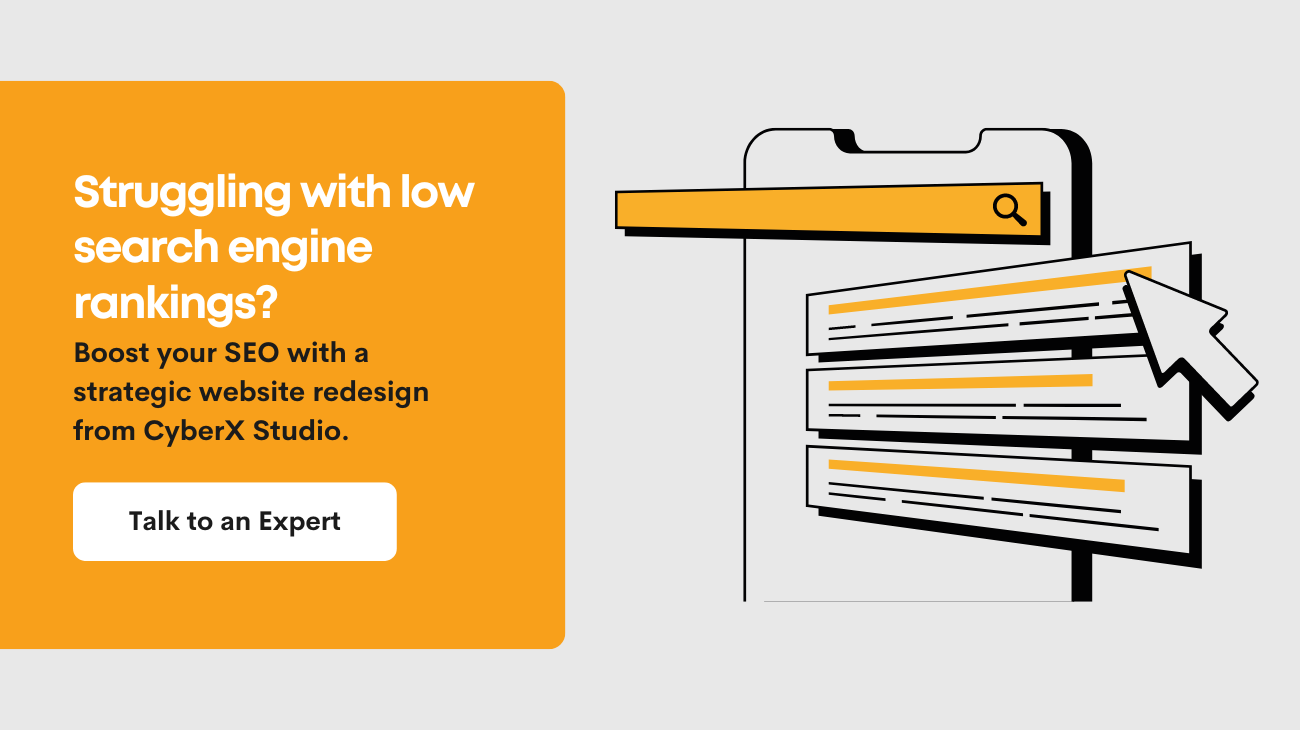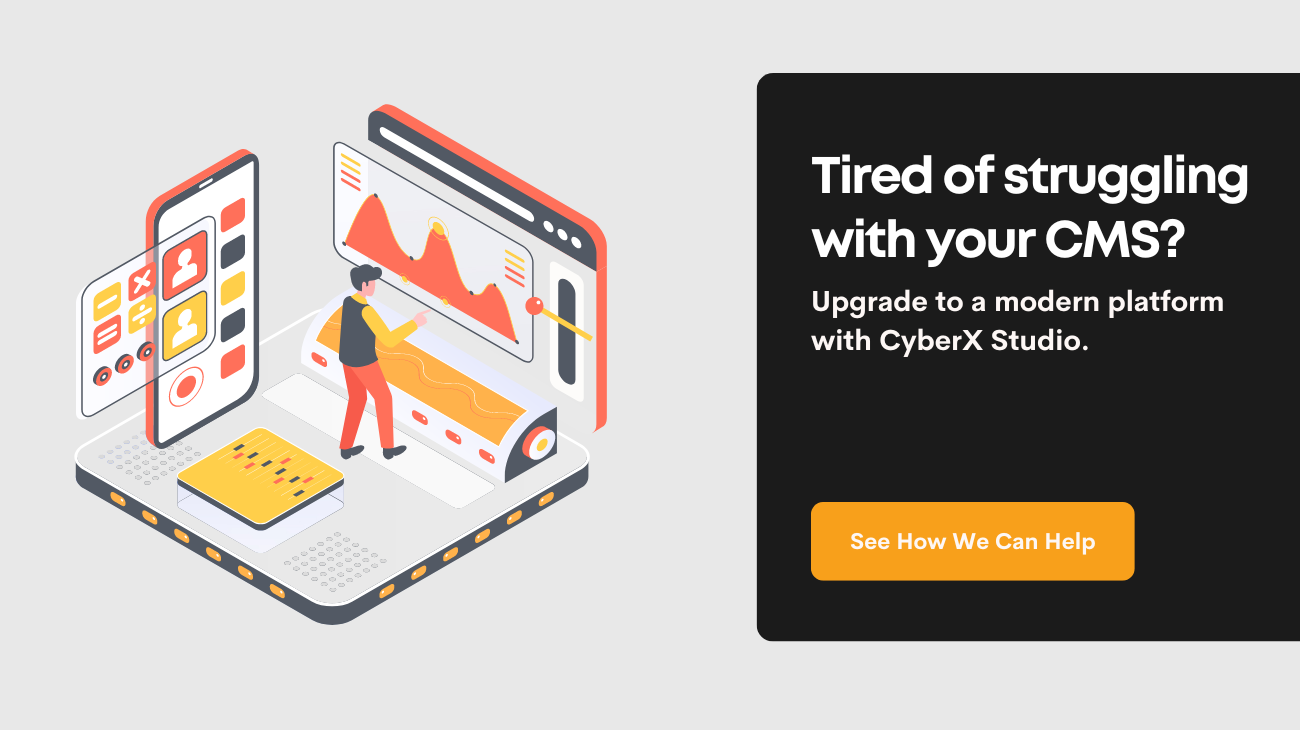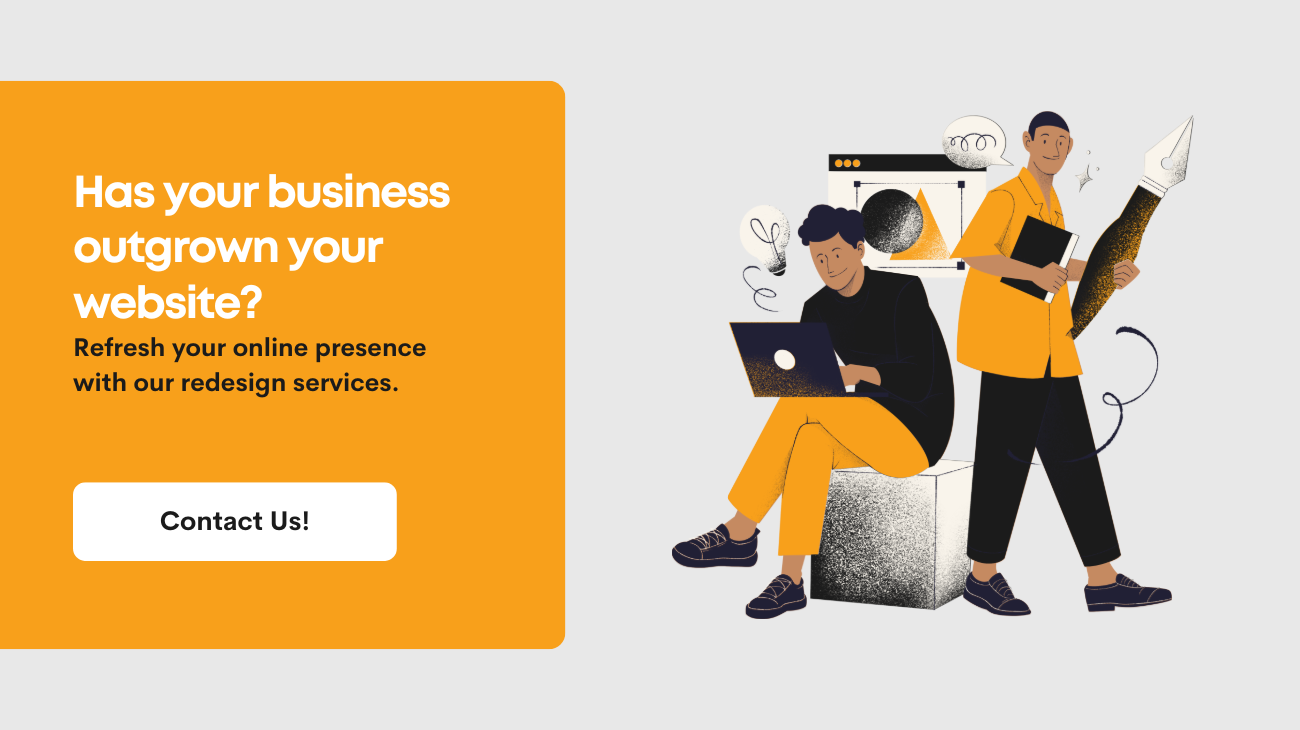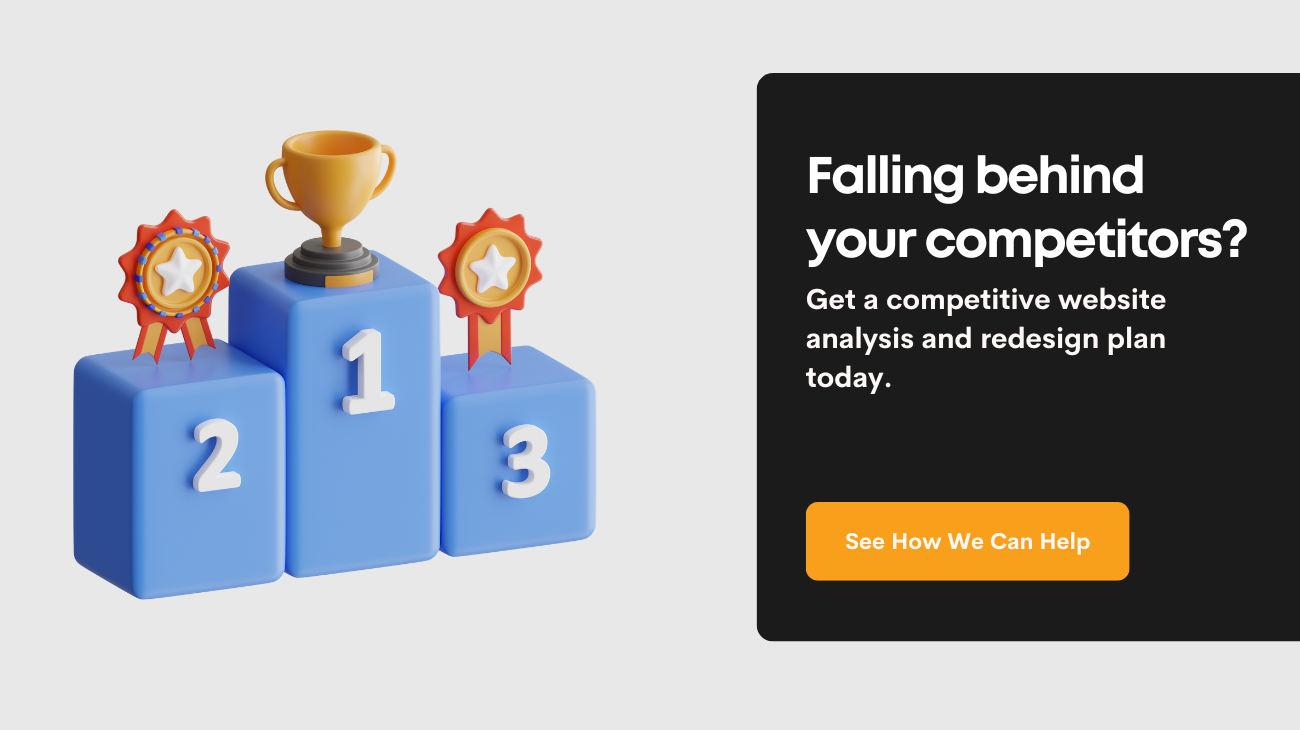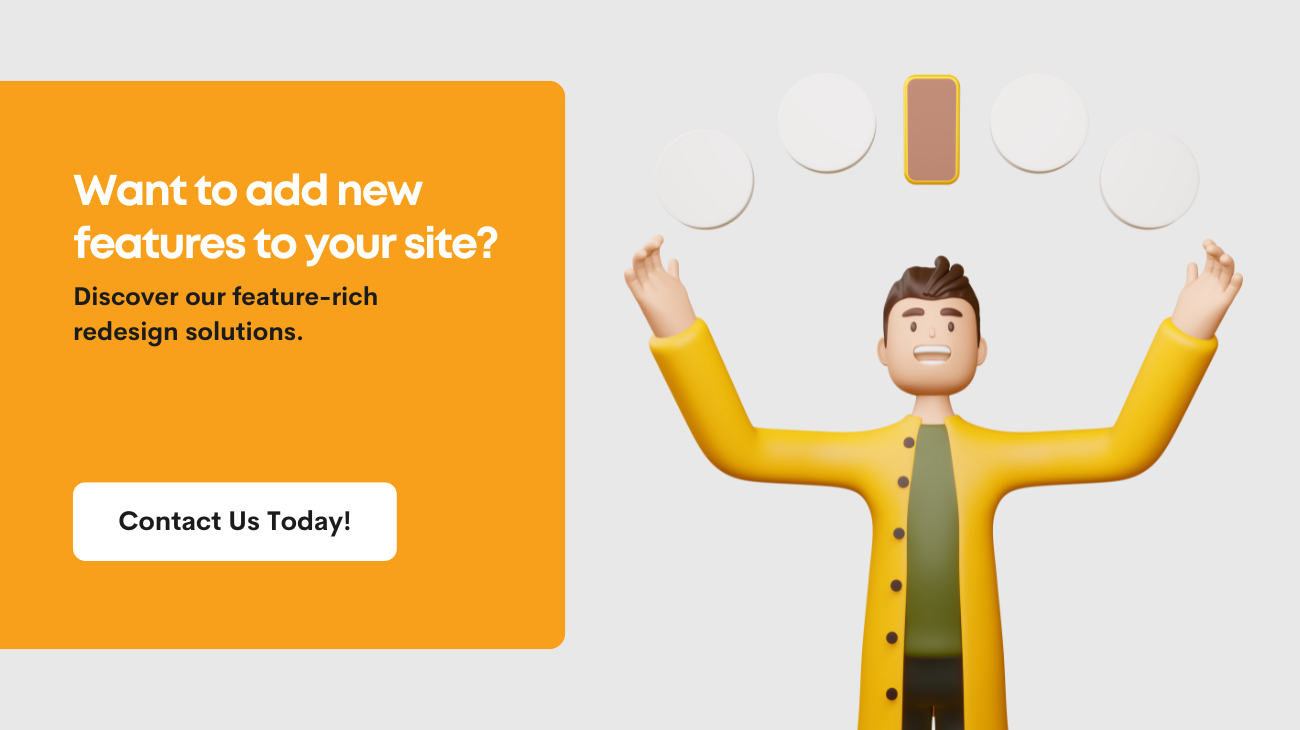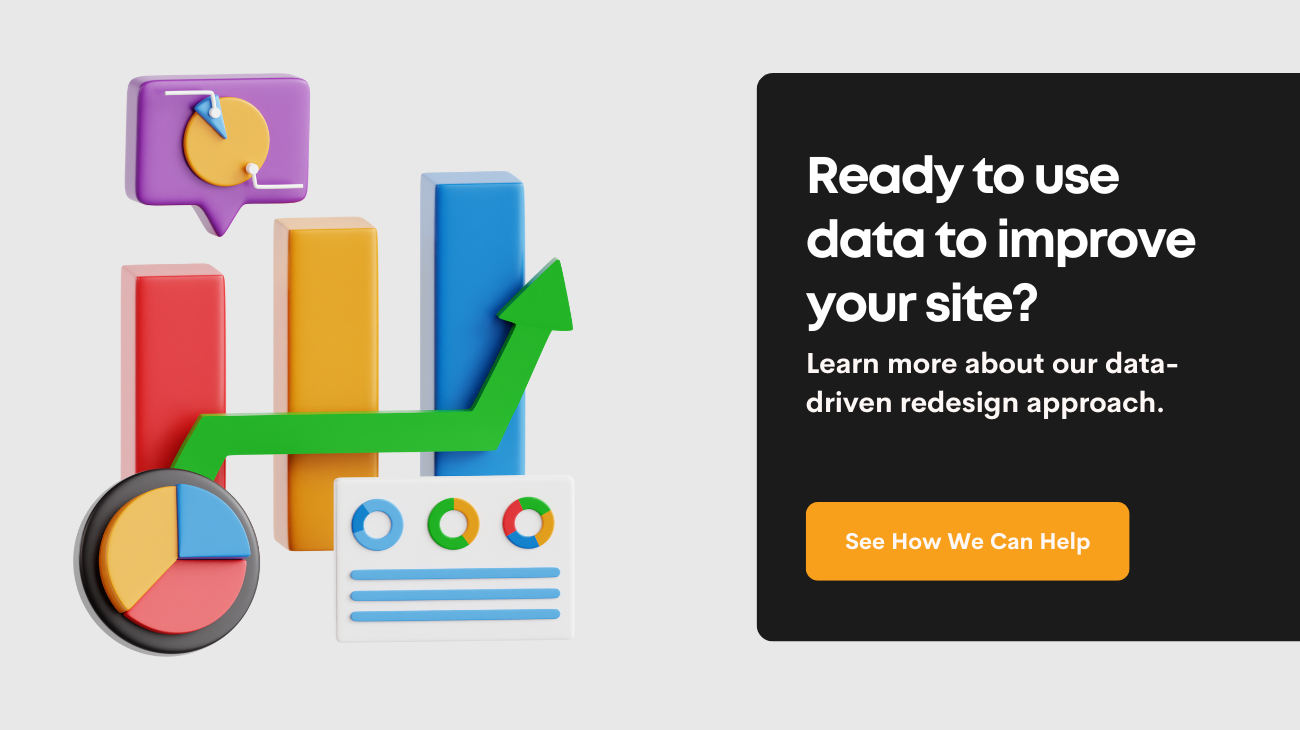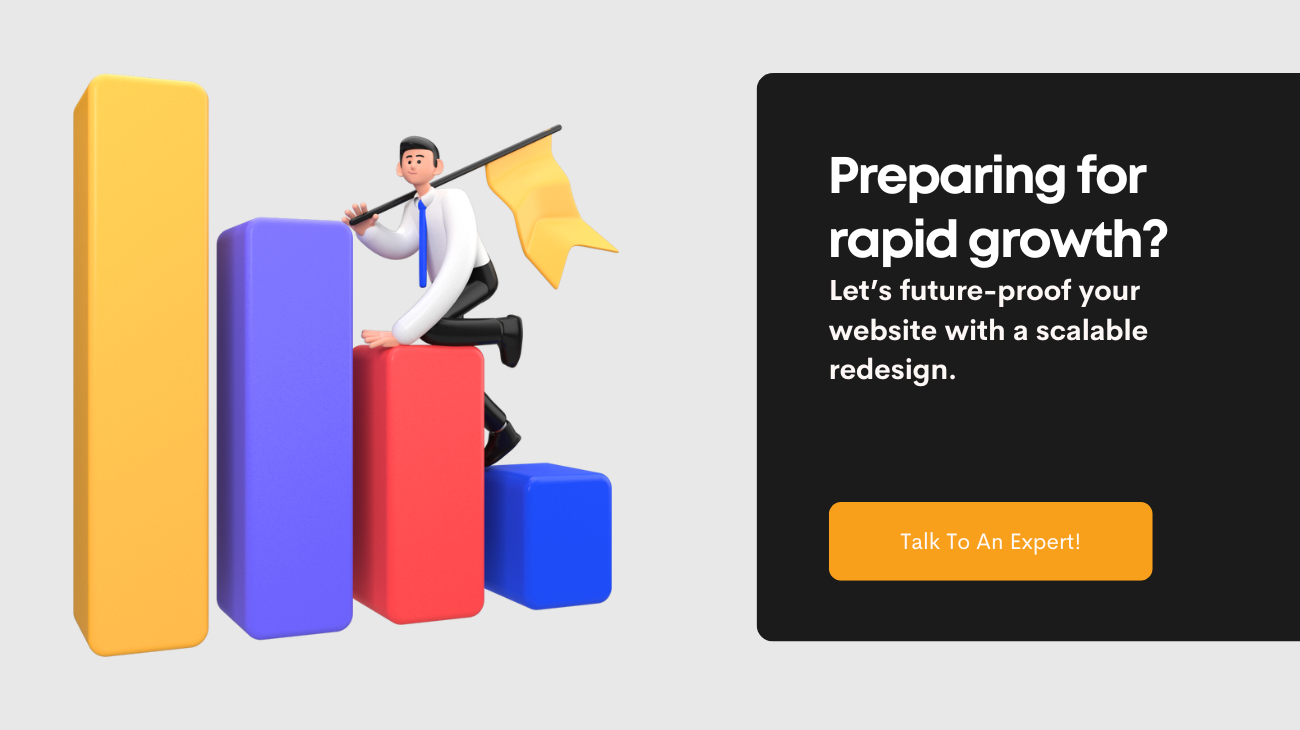Why Your Business Needs a Website Redesign:
Key Signs It’s Time for an Upgrade
A website is more than just a digital presence; it’s the cornerstone of your brand’s online strategy. A poorly designed or outdated site can harm your credibility, impact customer engagement, and diminish your conversion rates.
At CyberX Studio, we help transform outdated websites into cutting-edge, high-performance platforms. In this blog, we delve into the reasons why a website redesign isn’t just an option but a necessity for businesses looking to stay competitive.
Here are the telltale signs it’s time for an upgrade.
Outdated Design and Aesthetics: First Impressions Matter
Your website’s design sets the tone for how customers perceive your brand. A visually outdated or unattractive site can create a negative first impression, making visitors question your professionalism and relevance in the market.
- Evolving Design Trends: Web design trends evolve rapidly. If your website was built several years ago, it might feature old-fashioned elements like flat design, overly complex graphics, or heavy use of Flash, which are no longer relevant today.
- Brand Consistency: A website that doesn’t reflect your current brand identity, including updated logos, color schemes, and messaging, can confuse visitors. A redesign allows you to align your site with your brand evolution.
- Psychological Impact: A visually appealing website fosters a sense of trust and credibility. Modern design elements like white space, intuitive navigation, and high-quality visuals can significantly enhance the user experience.
Related: Revamp Your Dull Website Like A Pro With These 3 Simple Tools
Poor User Experience (UX) and Navigation: Simplify Your User Journey
User experience (UX) is critical to keeping visitors engaged. A website that’s difficult to navigate, lacks a clear structure, or doesn’t cater to user needs will drive visitors away. Here’s why an overhaul might be necessary:
- Confusing Navigation: Poor navigation confuses visitors and makes it difficult to find essential information. This can lead to high bounce rates and lost sales opportunities. Redesigning your site can streamline menus, optimize page layouts, and create a more intuitive flow.
- Performance Issues: Broken links, slow loading times, and unresponsive pages are common signs that a website needs attention. These issues not only frustrate users but also affect your site’s SEO performance.
- Accessible Design: Accessibility isn’t just a trend; it’s a necessity. A website that doesn’t cater to all users, including those with disabilities, can alienate a significant portion of your audience. Redesigning with accessibility in mind ensures that your site is usable by everyone.
Non-Mobile-Friendly: Reach Your Mobile Audience
With more than half of global web traffic coming from mobile devices, having a non-responsive website can severely impact your business. A mobile-friendly site adapts seamlessly to any screen size, ensuring that visitors have a consistent experience across devices.
- Responsive Design: A responsive website automatically adjusts its layout, images, and functionalities to suit different devices, including smartphones and tablets. This ensures a smooth browsing experience for mobile users, who are often your most active audience.
- SEO Benefits: Google’s mobile-first indexing means that the mobile version of your site is now considered the primary version. Non-responsive sites are penalized in search rankings, reducing visibility and organic traffic.
- Enhanced Engagement: Mobile users expect fast, seamless, and visually appealing browsing experiences. A non-responsive site can result in high bounce rates, low engagement, and ultimately lost revenue.
Poor SEO Performance: Improve Your Online Visibility
A website’s SEO performance plays a significant role in driving traffic and generating leads. However, older websites often suffer from outdated SEO practices that hinder their search engine visibility.
- Technical SEO Issues: Legacy websites frequently have technical problems such as broken links, duplicate content, slow loading times, and missing meta tags. These issues can harm your rankings and make it difficult for search engines to crawl your site.
- Content Optimization: Modern SEO isn’t just about keywords; it’s about context, structure, and user intent. A website redesign allows you to refresh your content with current SEO best practices, including optimized headings, alt text for images, and structured data.
- Competitive Edge: A well-optimized site performs better in search results, giving you an advantage over competitors. If your competitors have invested in SEO-driven redesigns, it’s crucial to follow suit to maintain your market position.
Security Concerns: Protect Your Business and Customers
Security is a top priority for any online business, especially with the increasing frequency of cyberattacks. An outdated website is more vulnerable to security breaches, which can have severe consequences for your business.
- Outdated Software and Plugins: Websites built on old platforms or with outdated plugins are easy targets for hackers. Regularly updated software and a security-focused redesign can protect your site from vulnerabilities.
- Compliance with Legal Standards: Laws like GDPR and CCPA mandate strict data protection measures for websites. A redesign can ensure your site complies with these regulations, avoiding hefty fines and reputational damage.
- SSL Certificates: Search engines and users alike now expect websites to have SSL certificates, which secure data transmitted between the site and its visitors. Redesigning your site ensures you meet this critical security standard.
Poor Conversion Rates: Turn Visitors into Customers
High traffic with low conversion rates often signals that your website isn’t effectively engaging visitors or guiding them towards a purchase. A redesign can address these issues with targeted improvements.
- Effective Call-to-Actions (CTAs): Poorly positioned or uninspiring CTAs can lead to missed conversion opportunities. A redesign can strategically place CTAs to capture attention and drive action.
- Optimized Forms and Checkout Processes: Complex forms, confusing checkout processes, and lack of payment options can all contribute to high abandonment rates. Streamlining these elements in a redesign can significantly boost conversions.
- Trust Signals: Including trust signals such as testimonials, security badges, and case studies can help build credibility. A well-structured redesign will integrate these elements to reassure visitors and encourage them to take action.
Inefficient CMS: Streamline Content Management
Content is at the heart of any successful website, but managing it shouldn’t be a cumbersome process. An outdated or complex CMS can hinder your ability to keep your website fresh and engaging.
- Ease of Use: Modern CMS platforms like WordPress, Joomla, or Drupal provide intuitive interfaces that make it easy to update content, add new pages, and manage your site without needing advanced technical skills. Lately, Headless CMS is revolutionizing web development by decoupling content management from the front-end, enabling developers to build faster, more flexible, and scalable digital experiences across multiple platforms using modern tech stacks and APIs.
- Scalability: As your business grows, your CMS needs to scale with it. A redesign allows you to choose a CMS that can handle increased traffic, additional functionality, and complex integrations with third-party tools.
- Improved Integrations: An efficient CMS supports integrations with essential business tools such as CRM systems, marketing automation platforms, and analytics tools, helping you streamline operations and gain valuable insights.
Rebranding or Business Changes: Reflect Your Evolving Business
As your business evolves, your website should reflect these changes. Whether you’ve expanded your product line, repositioned your brand, or shifted your target audience, a redesign ensures your site accurately represents your business today.
- Updated Messaging: A website that doesn’t reflect your current value proposition, services, or branding can confuse and mislead visitors. A redesign allows you to update content to match your latest business direction.
- New Visual Identity: From updated logos and color schemes to revamped layouts, a redesign can align your site’s look with your brand’s latest visual identity, creating a cohesive experience across all digital touchpoints.
- Target Audience Engagement: A redesigned website tailored to your evolving target audience can increase relevance and engagement. Whether you’re shifting to a younger demographic or expanding into new markets, your site should speak directly to those you want to reach.
Competitive Landscape: Stay Ahead of the Competition
In today’s fast-paced digital environment, keeping up with competitors is crucial. If your website looks outdated compared to those of your competitors, it’s time for an upgrade.
- Benchmarking Against Competitors: Analyze what competitors are doing right—whether it’s faster loading times, better design, or advanced functionalities. A redesign can help you implement these best practices and set a new standard in your industry.
- Market Positioning: Your website is a reflection of your brand’s position in the market. A fresh, modern site can communicate that you are an industry leader, not a laggard.
- Innovative Features: Competitors often gain an edge by incorporating the latest web features, from AI chatbots to interactive product demonstrations. A redesign can help you integrate these innovations to offer a superior user experience.
Integration of New Features: Enhance User Interaction
Modern web users expect interactive and engaging features that provide personalized experiences. Outdated websites often lack these capabilities, leading to lower engagement and satisfaction levels.
- Advanced Analytics: A redesigned website with integrated analytics tools allows you to track user behavior, measure campaign performance, and make data-driven decisions to enhance your marketing efforts.
- Interactive Elements: Features like chatbots, interactive forms, and personalized content can significantly improve user interaction, making your website more dynamic and engaging.
- E-commerce Capabilities: If you’re looking to sell products or services online, your website needs to support secure transactions, easy navigation, and a user-friendly shopping experience. A redesign can implement or improve e-commerce features tailored to your needs.
Data-Driven Improvements: Optimize with Analytics
Understanding how users interact with your website is key to identifying areas for improvement. A data-driven redesign uses analytics to refine the user experience and optimize site performance.
- Heatmaps and User Behavior: Tools like heatmaps, session recordings, and user feedback surveys provide insights into how visitors interact with your site. A redesign can address common pain points revealed through these tools.
- A/B Testing: Redesigning allows you to test different versions of key pages, layouts, and content to determine what performs best. This iterative approach ensures that your site continuously evolves to meet user expectations.
- Conversion Optimization: Use analytics to track where visitors drop off in the sales funnel. A redesign can streamline these pathways, improving the user journey and ultimately boosting your conversion rates.
Enhanced Content Strategy: Tell Your Brand’s Story Better
Content is one of the most critical components of your website. If your current content strategy isn’t delivering results, a redesign offers an opportunity to overhaul your approach and better connect with your audience.
- Improved Visual Storytelling: Modern websites leverage visuals—images, videos, infographics, and animations—to tell a compelling story. A redesign can incorporate these elements to make your content more engaging and memorable.
- Content Structure: Proper use of headings, subheadings, bullet points, and multimedia elements improves readability and keeps users engaged. A redesign allows you to organize content in a way that’s easy to digest.
- SEO-Friendly Content: Redesigning with a focus on SEO can ensure that your content is optimized for search engines, helping you attract more organic traffic and increase visibility.
Scalability and Future-Proofing: Prepare for Growth
As your business grows, so should your website. If your current site can’t handle increased traffic, new functionalities, or additional content, a redesign is essential to future-proof your online presence.
- Performance Optimization: High traffic demands faster load times and better server capabilities. A redesign can optimize your site for performance, ensuring it remains stable and efficient under growing demands.
- Scalable Infrastructure: Build your website on a platform that allows for easy expansion, whether that’s adding new products, integrating additional features, or expanding into new markets.
- Adapting to Future Trends: Technology evolves rapidly. A future-proof website is designed to adapt to emerging trends, such as voice search, augmented reality, or AI-driven personalization, keeping your business at the forefront of digital innovation.
Final Thoughts
A website redesign is more than a cosmetic update; it’s a strategic move to enhance user experience, improve performance, and drive business growth.
Whether your current site is outdated, poorly performing, or simply no longer aligns with your brand, a redesign can provide the boost your business needs.
At CyberX Studio, we specialize in crafting tailored website redesign solutions that elevate your online presence and achieve measurable results.
Ready to get started? Contact CyberX Studio today for a comprehensive website redesign consultation.


